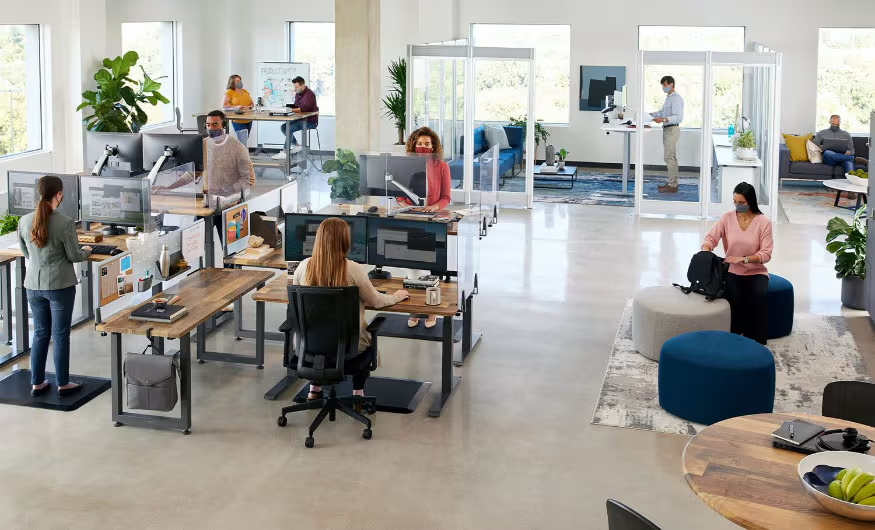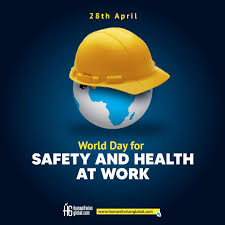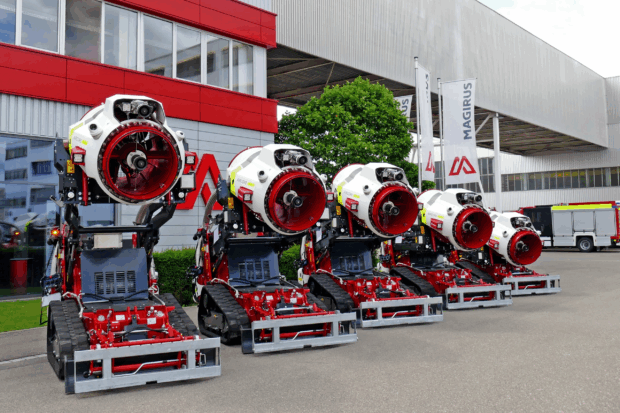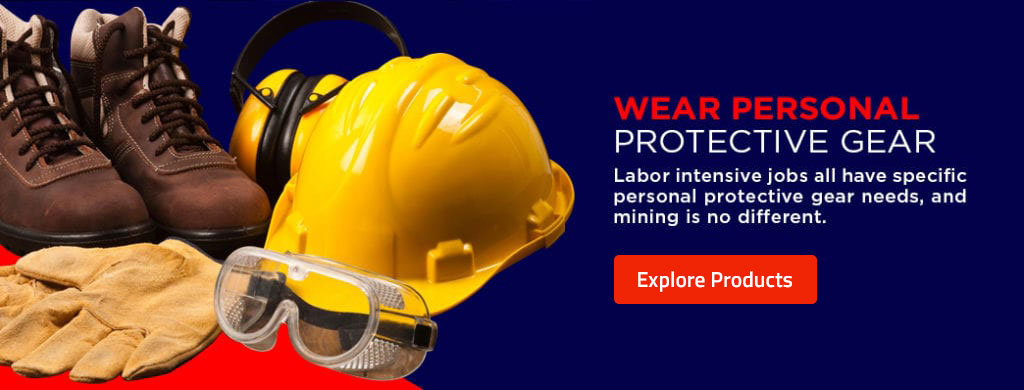Ergonomics and Workplace Design. In today’s dynamic work environments, understanding ergonomics and workplace design is crucial for anyone entering the field of Occupational Health and Safety (OHS). Ergonomics, the science of designing workspaces that optimize comfort and productivity while minimizing health risks, plays a key role in creating safe and efficient workspaces. For students interested in OHS, mastering ergonomic principles can lead to meaningful contributions in various industries, from office settings to construction sites.
This article explores the importance of ergonomics, the principles behind effective workplace design, and specific considerations for injury prevention and worker well-being.
What is Ergonomics?
Ergonomics focuses on designing workspaces that fit the needs of the worker, aiming to reduce strain and prevent injuries. In an ergonomically sound workplace, the physical demands of tasks are balanced with the worker’s capabilities and limitations, reducing the risk of musculoskeletal disorders (MSDs) such as back pain, carpal tunnel syndrome, and neck strain. These injuries are common in work environments where repetitive tasks, awkward postures, and prolonged periods of sitting or standing are prevalent.
For OHS professionals, a solid understanding of ergonomics enables them to assess and mitigate workplace hazards associated with poor design. This expertise is essential for improving worker comfort, increasing productivity, and reducing costly injury-related absenteeism.
Principles of Ergonomic Workplace Design
Several key principles guide effective ergonomic workplace design, all of which OHS students should become familiar with. Here are the fundamental components:
- Neutral Posture: Encouraging a neutral posture—where joints are naturally aligned and not under unnecessary strain—reduces stress on muscles and tendons. For instance, in an office setting, chairs should support the spine’s natural curve, and desks should allow elbows to remain at a 90-degree angle.
- Reduce Force and Repetition: Tasks that require high force or repetitive motions are common sources of workplace injuries. Ergonomic tools, such as power-assisted equipment and padded hand tools, reduce strain. For example, assembly line workers may benefit from adjustable workstations to minimize repetitive reaching or bending.
- Adjustability and Personalization: No two workers are alike, so workstations should be adaptable to fit individual needs. Height-adjustable desks, flexible monitor arms, and customized seating allow workers to create comfortable setups tailored to their physical dimensions and preferences.
- Movement and Breaks: Static postures and prolonged periods of sitting or standing can lead to fatigue and musculoskeletal issues. Ergonomic design encourages regular movement—stand-sit desks, for example, allow workers to alternate between sitting and standing, reducing strain on the body.
- Environmental Considerations: Lighting, temperature, and noise levels play a significant role in worker well-being and productivity. Proper lighting minimizes eye strain, while temperature control and noise reduction promote focus and comfort.
The Impact of Ergonomics on Health and Safety
Ergonomic workplace design is not just about comfort—it’s a critical component of workplace safety. When workspaces are designed without regard for ergonomic principles, workers are more likely to experience fatigue, stress, and injuries. Research shows that ergonomic improvements can lead to significant reductions in MSDs, which account for a substantial percentage of workplace injuries and workers’ compensation claims worldwide.
For instance, an improperly adjusted office chair may lead to chronic back pain, while repetitive tasks in a manufacturing setting can cause carpal tunnel syndrome or tendonitis. By proactively applying ergonomic principles, OHS professionals can mitigate these risks and foster a healthier workforce.
Applications of Ergonomics in Different Industries
The application of ergonomic design principles varies across industries. Here are some examples that highlight the unique ergonomic considerations in common work environments:
- Office Settings: In an office, ergonomics involves selecting furniture and equipment that promote good posture and reduce strain from prolonged computer use. Adjustable chairs, monitor stands, and split keyboards are examples of ergonomic adjustments that support employee well-being.
- Manufacturing and Assembly Lines: Ergonomics in manufacturing focuses on reducing repetitive strain injuries. Adjustable workstations, anti-fatigue mats, and robotic assistance for heavy lifting are common ergonomic interventions.
- Healthcare: Healthcare workers often perform tasks that involve awkward postures and heavy lifting, such as moving patients. Ergonomic solutions, such as patient lifts and height-adjustable beds, reduce the risk of injuries for both patients and healthcare providers.
- Construction: In construction, ergonomics helps reduce strain from heavy lifting, repetitive tasks, and vibration exposure. Personal protective equipment (PPE), proper lifting techniques, and ergonomic tools (e.g., anti-vibration gloves) play a significant role in worker safety.
Ergonomics and Worker Well-Being
Beyond physical health, ergonomics has a profound impact on mental well-being. Workers who feel physically comfortable in their environments are less likely to experience job-related stress. An ergonomic setup that promotes comfort and flexibility can lead to increased job satisfaction, better focus, and a greater sense of control over one’s work environment. For students of OHS, this holistic approach to worker well-being is an essential consideration as they prepare to enter the field.
Career Opportunities in Ergonomics and OHS
For students with an interest in ergonomics, there are several career paths to consider within OHS, including:
- Ergonomic Specialist: Ergonomic specialists evaluate and design workspaces that prevent injury and promote health. They may work in consulting firms or as in-house experts within large organizations.
- Occupational Health and Safety Coordinator: OHS coordinators are responsible for ensuring that workplaces comply with health and safety regulations, including ergonomic standards.
- Industrial Hygienist: Industrial hygienists assess and control environmental factors that affect worker health, including ergonomic risks in various industries.
- Human Factors Engineer: This role focuses on optimizing systems and processes to improve the interaction between people and their work environments.
How Students Can Develop Ergonomics Expertise
To build expertise in ergonomics, students can:
- Study Ergonomic Standards: Familiarize themselves with standards like OSHA ergonomic guidelines and ISO 45001 for occupational health and safety management.
- Take Specialized Courses: Many universities and institutions offer courses in ergonomics, human factors, and workplace design. Certifications in ergonomics can also enhance employability.
- Gain Practical Experience: Internships or part-time roles in industries where ergonomics is a priority (such as manufacturing or healthcare) can provide hands-on experience.
- Stay Informed on Ergonomic Innovations: Ergonomics is a constantly evolving field, with new technologies and research emerging regularly. Staying updated on industry trends and innovations can enhance career prospects.
Conclusion
Understanding ergonomics and workplace design is essential for anyone pursuing a career in Occupational Health and Safety. By designing workspaces that align with ergonomic principles, future OHS professionals can play a pivotal role in preventing workplace injuries, improving productivity, and enhancing overall worker well-being. For students, developing expertise in ergonomics is an investment in a safer and healthier future for workers across industries.











